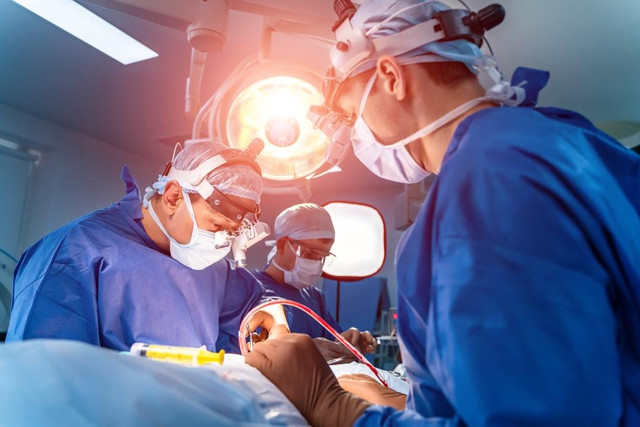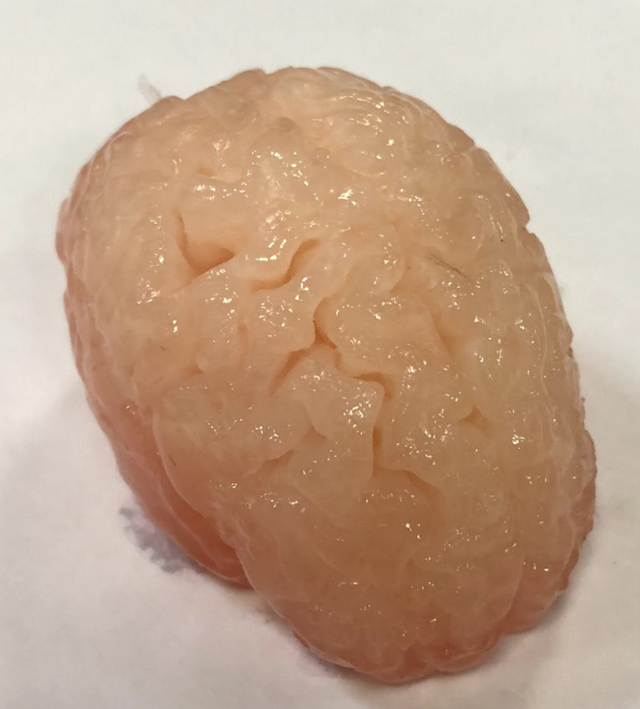A team of students of NUST “MISiS” has developed a “phantom” of the human brain - a model of a hydrogel with structural and mechanical resemblance to a real organ. "Phantom Brain" will allow students to study the pathological anatomy of tissues, and practicing neurosurgeons - to conduct training surgical intervention.

Today, surgeons and students have three main ways to study the volumetric structure of organs: through 3D simulation in VR, on cadavers (that is, human bodies), and also with the help of phantoms - life-size models of organs. Each of the methods has its drawbacks - for example, VR technologies are still very expensive and do not allow the operator to fully experience the operation process physically. The use of cadavers is inhumane, besides, dead tissues "lose" a lot in their characteristics. Phantoms are the most optimal option, but today they are made from silicone, which is very different from organic tissues in terms of mechanical characteristics.
NUST MISIS students proposed an alternative version of making a human brain phantom - from a hydrogel - based on the data of the patient's computed and magnetic resonance imaging. The first stage is 3D reconstruction followed by printing a polymer negative. Then, on the basis of the negative, a silicone mold is made, into which a hydrogel (polyvinyl alcohol and agarose) is poured. The resulting workpiece is placed first in the freezer, and then in the refrigerator. The total production time of such a phantom is about 30 hours. Now "Phantom Brain" looks like this.

The test sample was a reduced copy (1: 4); mechanical tests showed that the tensile strength of the phantom almost corresponds to the hemispheres of the human brain - 87 kPa versus 100 kPa. Next, the team will have to work on a structural imitation of other parts of the brain (cerebellum, midbrain, medulla oblongata, bridge), as well as increasing the model to 1: 1 sizes. In addition, it is planned to add to the phantom brain imitation of blood vessels and pathological changes: tumors, blood clots, plaques.
The work is being carried out at the Center for Composite Materials of NUST MISIS and Skoltech with the support of the Art, Science and Sport charitable foundation.